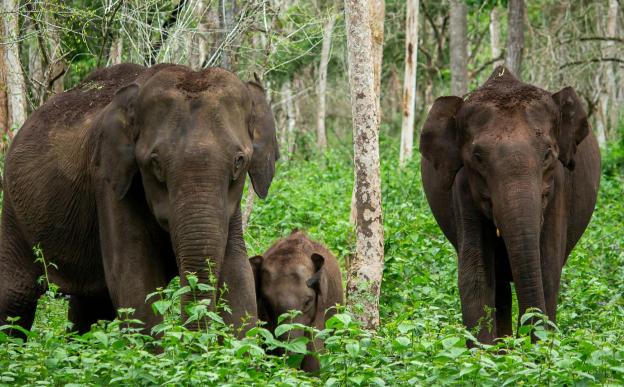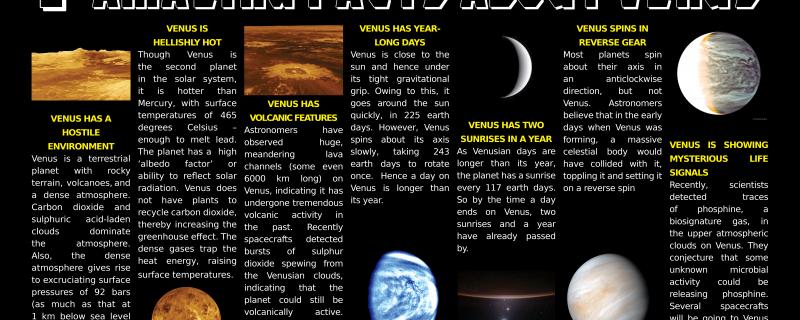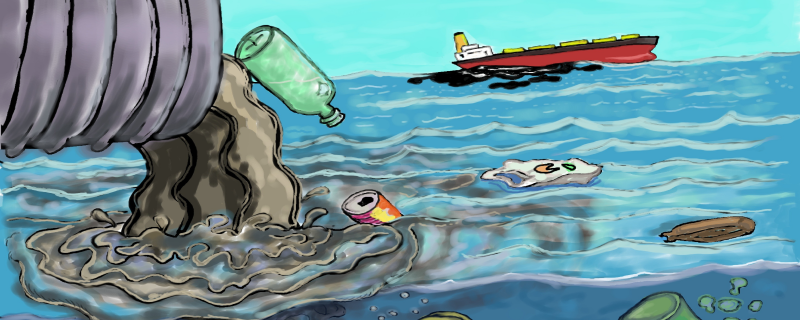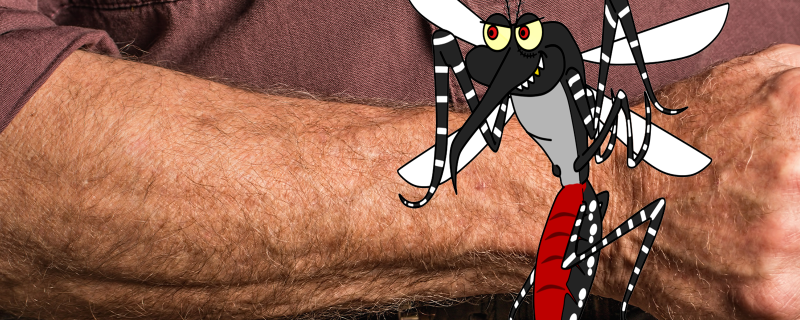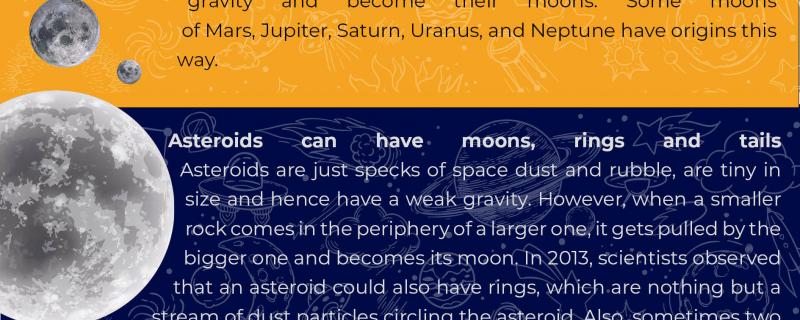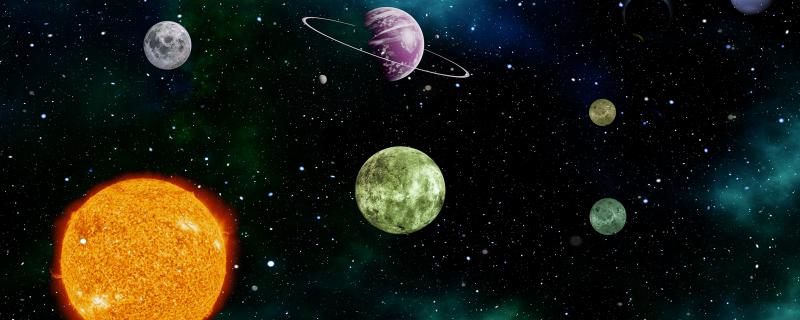Venus has a hostile environment
Venus is a terrestrial planet with rocky terrain, volcanoes, and a dense atmosphere. Carbon dioxide and sulphuric acid-laden clouds dominate the atmosphere. Also, the dense atmosphere gives rise to excruciating surface pressures of 92 bars (as much as that at 1km below sea level on earth), making the planet inhospitable.
New research from India reveals that, contrary to long-held scientific beliefs, feeding on trees and shrubs does not provide Asian elephants with more protein than grazing on grass.
Bengaluru/
